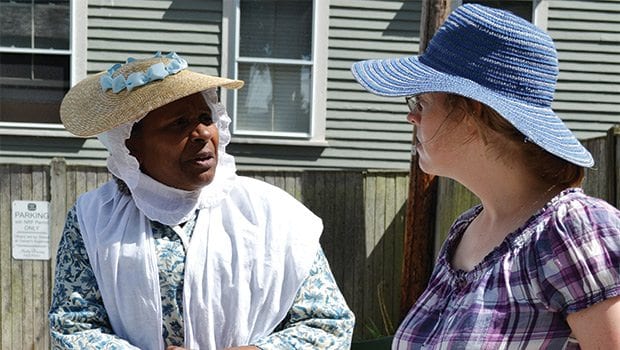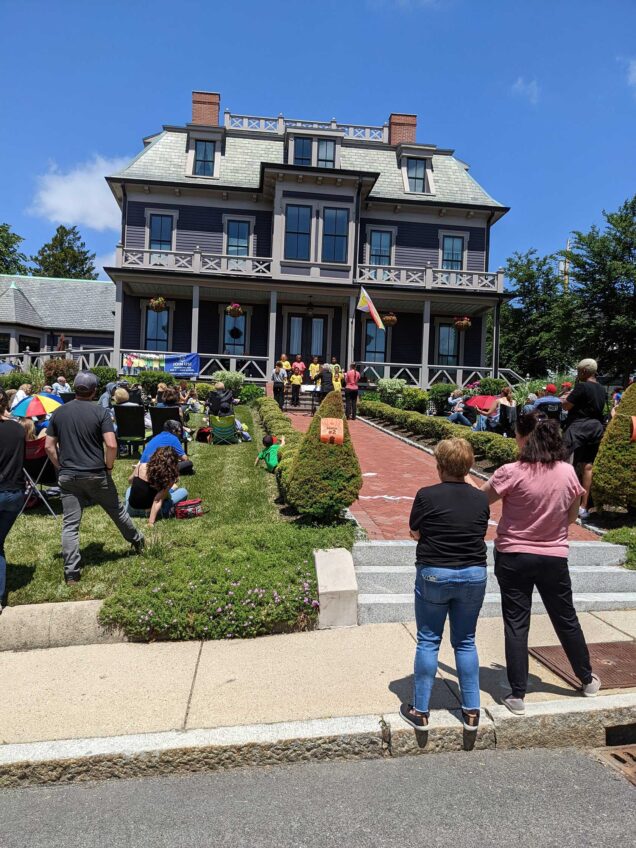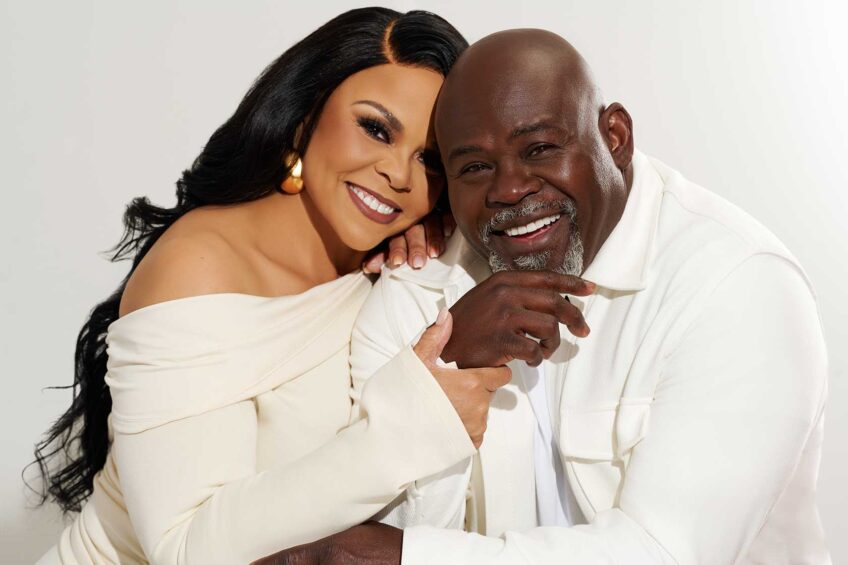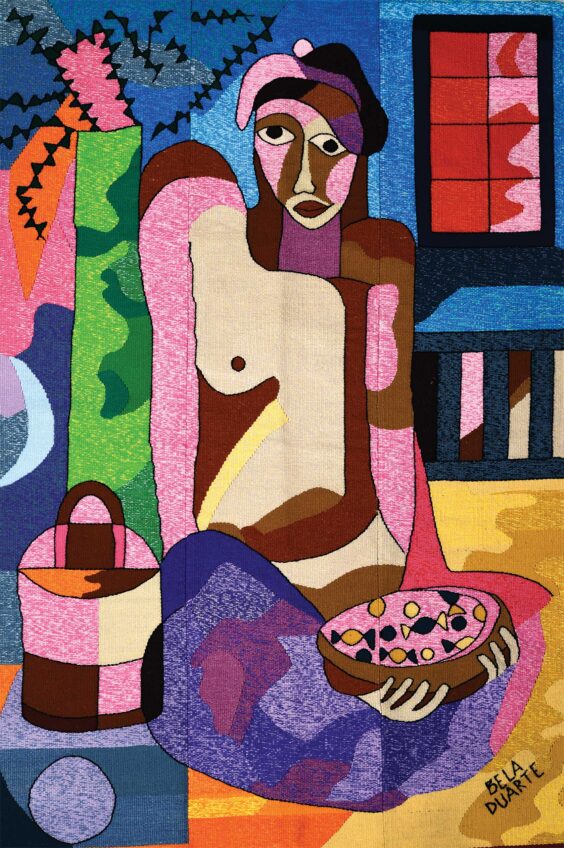1696 Heritage Group rewrites Newport’s Gilded Age African American History

Books and movies frequently illustrate the Gilded Age in Newport, Rhode Island with lavish mansions, summering Vanderbilts and champagne-littered parties. It’s the lifestyles of the white, rich and famous. History gurus Theresa Guzman and Keith Stokes created the 1696 Heritage Group to tell the stories that don’t get played out on the silver screen, the history of African Americans.

Author: Photo: Courtesy Newport Historical SocietyHistorical re-enactors portray the lives of African Americans in historic Newport, Rhode Island.
On the web
To read more Gilded Age stories, visit: www.gildedageincolor.com.
“When we talk about early African history [in the United States], it started in New England,” says Stokes. “Some of the earliest free black communities were established in Boston, Newport and Portsmouth.” Guzman and Stokes created a website called Gilded Age Newport in Color that tells the stories of successful black businesspeople and families who summered on the island. During the Gilded Age, the influx of wealthy vacationers opened the market for shops and services and made way for the middle-class African Americans who provided them.
Dr. Marcus Wheatland, licensed in 1895, was the first known practicing black physician in Newport. He had many white patients and was the first doctor in the city to use an X-ray machine as a diagnostic tool. Slave Newport Gardner’s owners fostered his interest in music, arranging lessons for him with a singing master. When he won his freedom he became a successful composer and music teacher.
Filling in the history
The Newport Historical Society celebrates these stories of black success in their walking tours. Their typical tours have a heavy dose of African American history but on April 15 and June 17 they’re offering a tour specific to black stories of the 18th and 19th centuries. The tour includes stops like the former Quaker meeting house which became a recreation center for the black community, the house where Gardner gave his lessons and the Common Burial Ground, thought by Stokes to be the oldest African cemetery in the country.
An extra emphasis is put on these histories to combat the “Great Gatsby” image of Newport as solely a playground for wealthy Caucasians. “That’s why we created The Gilded Age in Color,” says Stokes, “to show that black families were also prosperous at this time.” This can be seen in the history of the mansions themselves. The Rough Point mansion shows the rooms where Doris Duke hosted famous black musicians. Chateau du Mer shows off a dining room where renowned African American caterer George Downing served a 3,000-guest party.
Highlighting humanity
Stokes explains that New England had a very different approach to the African community, even in the context of slavery. Whereas Southern slaves were isolated on plantations, those in New England worked in bustling seaport cities. Their owners often educated them, lived with them and converted them to the family faith. “That closeness breeds humanity,” says Stokes. And that closeness led to many freed African Americans going on to have successful careers, in Newport especially.
Stokes puts biographies and stories up on Gilded Age Newport in Color in order to spread the regularly lesser-known history. “You had these African American men and women who were living dynamic lives well before what we consider to be ‘black history,’” he says. “I try to present the case of the African American experience from our perspective.”







